Hey There!
I'm Reina
I am a full-time traveling registered nurse, fitness enthusiast, and nutrition expert. Every morning I wake up intending to bring awareness of the importance of health and spiritual wellness, especially to the traveling community. At Messy Bun Traveler, we promote travel that allows the traveler to either kick-start, maintain, or enhance a healthy lifestyle. So whether you're someone who travels for business, travels for pleasure, or new to travel and looking for health advice while on the road, this blog is for you!
inspiration
Categories:
health
destinations
fitness
resources
wellness
Privacy & Disclosure
The Messy Bun Traveler is designed to bring you fun stories, destination guides, and healthy travel advice. To help cover the cost of running this site, all posts are sprinkled with hand-selected affiliate links. When you click on one of these links and make a purchase, I will earn a small commission at no additional cost to you. I only accept affiliate links and paid advertisements from brands I believe in, trust and use personally. Thank you for your continued support!
Stranded in Aguas Calientes! My Crazy Journey Out of This Machu Picchu Town
March 26, 2022
My tour group and I first arrived in Aguas Calientes after spending all day hiking the beautiful Inca Trail.
This small town oasis was indeed a breath of fresh air. The massive Alcamayo river flowing, shops hustling and bustling, and the smell of fresh pizza from the restaurants was illuminating.
Little did we know what would happen roughly 12 hours from this moment.
First, a little information on the town of Aguas Calientes.
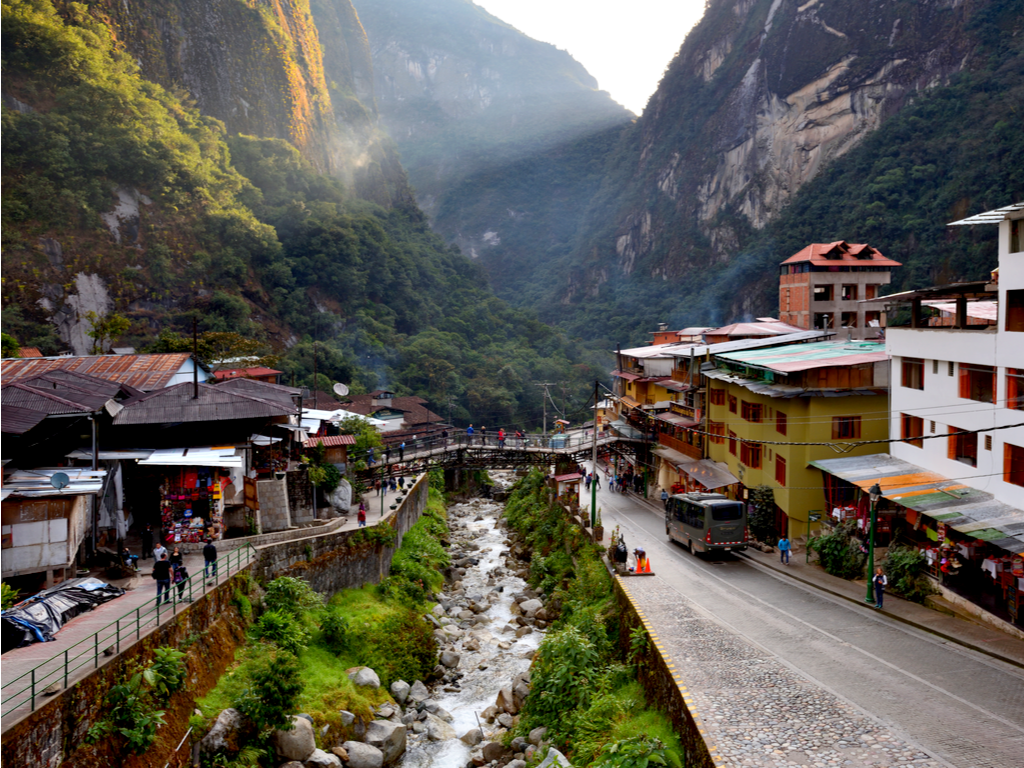
Where is Aguas Calientes?
Aguas Calientes, also known as Machu Picchu Pueblo or Machu Picchu Town, is the quaint town’s closest access point to the infamous Machu Picchu site.
Most visitors of Peru will stay at least one to two nights here to visit Machu Picchu with less travel time than from Cusco or Ollantaytambo. It’s only about 3.5 miles away from the site, so most people either take the bus or hike up to the mountain.
See also:
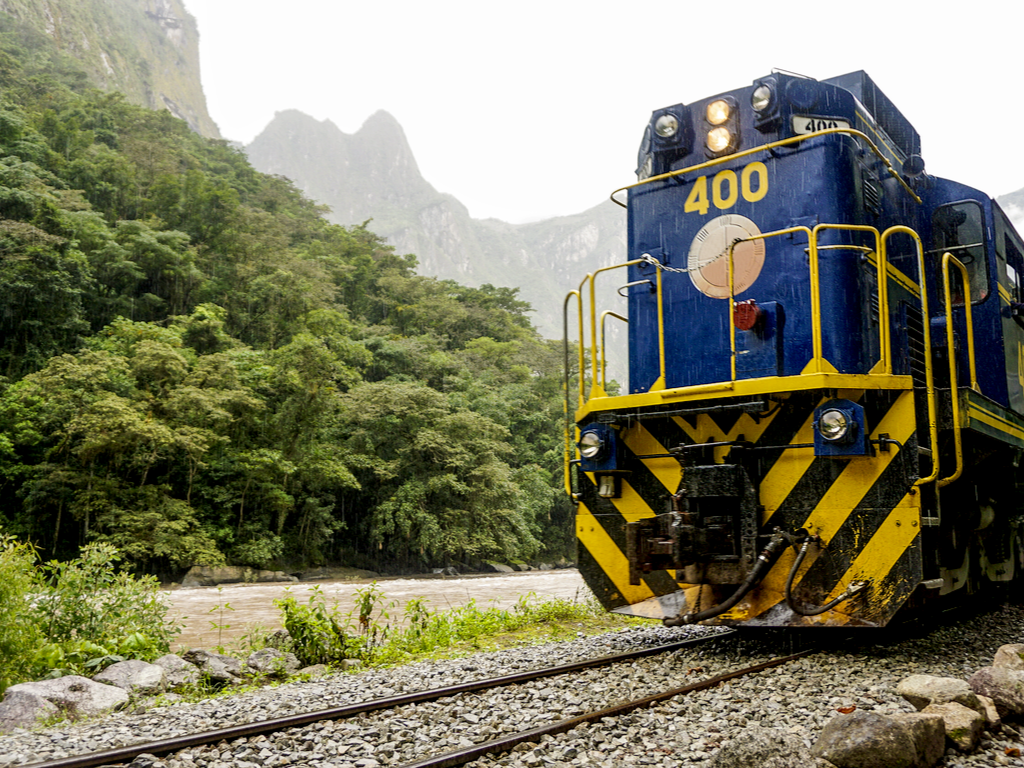
How to Travel to Aguas Calientes
The only way to access this town is by taking the train. In fact, the village of Aguas Calientes did not exist until the railroad was even built.
After the railroad construction in 1931, foreign tourists came to visit the magnificent site, and small Peruvian businesses started opening up shops, restaurants, and hotels for these travelers.
Thus, the town of Aguas Calientes was born.
There are no cars and no road access to the town. The only vehicles are the minibusses utilized to take tourists up to the Machu Picchu ruins and back.
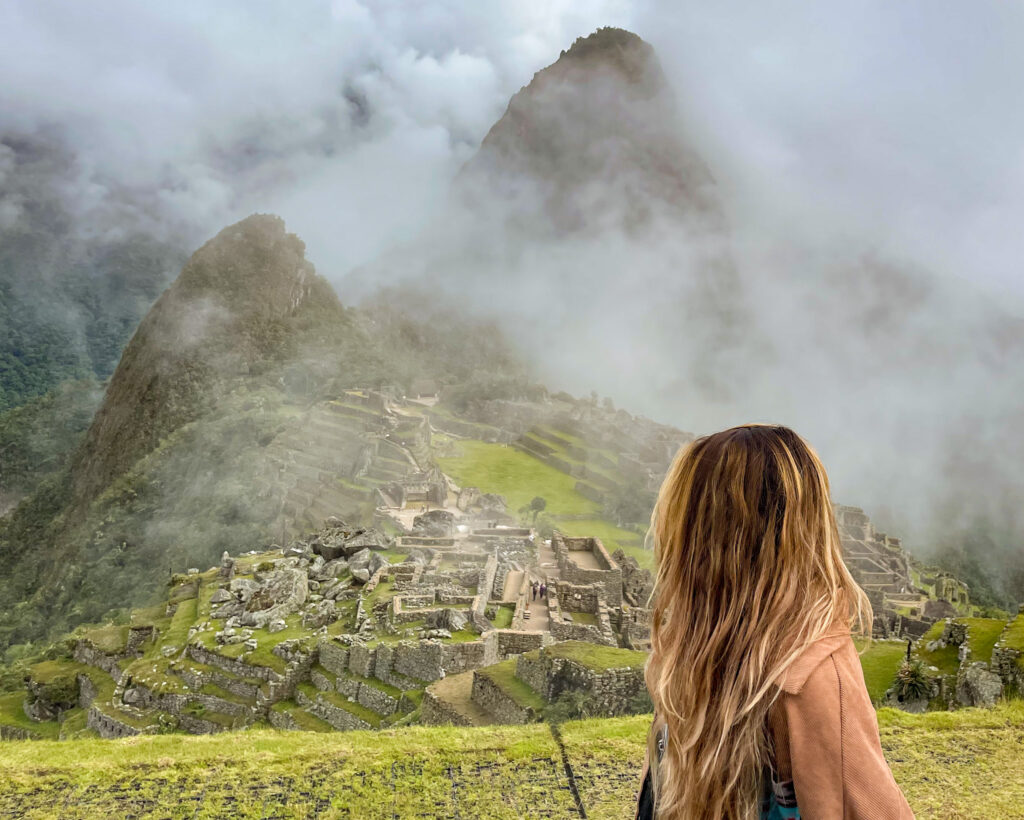
What to do in Aguas Calientes
There really isn’t a whole lot to do in this small town. It’s mainly just a stopping point for people visiting Machu Picchu.
In my opinion, however, I do think this town is worth a visit. The river is breathtaking, and the nightlife can be a real hoot. Some things you’ll want to do:
- Eat: There are plenty of cute restaurants all over the town. Because this is a tourist destination, they can be pretty pricey for the amount and quality of food you get. Don’t be afraid to try the ceviche, quinoa, and pisco sours!
- Shop: There are plenty of shops all up and down the streets of this Machu Picchu Town. This is the perfect place to buy your souvenirs before returning home!
- Hike: There are some gorgeous hikes all along the mountains around Aguas Calientes. Most people will only take the 3.5-mile walk up to the entrance of Machu Picchu, but there are several other areas to explore as well. Take a stab at Putucusi Mountain, for example.
- Thermal Baths: Believe it or not, there are actually hot springs located in Aguas Calientes. It’s a great place to get a nice soak if you’ve just finished hiking the Inca Trail or exploring Machu Picchu.
How I Became Stranded in Aguas Calientes
The morning after hiking to Inca Trail, as we were in the hotel lobby grabbing some breakfast, we heard a loud crash as the entire town shook.
We had no idea what it was, but it almost felt like a mix between an earthquake and a flashbang. It had been raining heavily all night and into the morning.
My group and I all stared at each other with extreme confusion.
Turns out, the heavy rains caused the Alcamayo River to burst its banks. This sent a torrent of mud, heavy rocks, and debris all through the streets of Aguas Calientes.
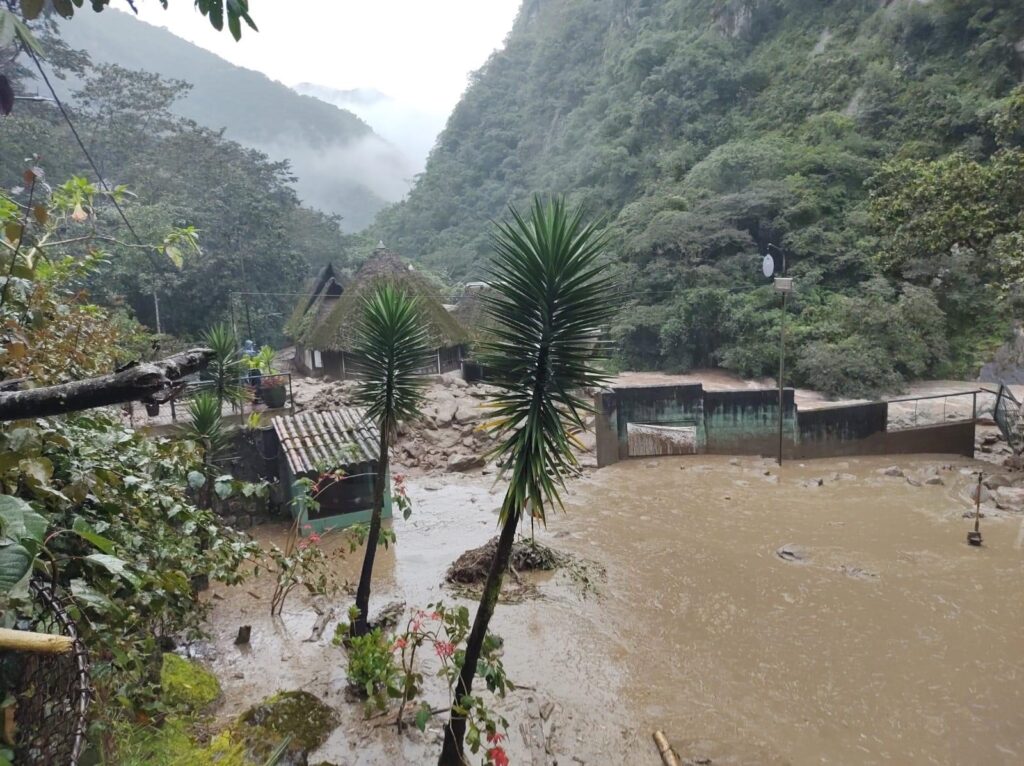
Five buildings, including the town’s prestigious 5-star hotel, were destroyed. Several structures, including restaurants, bridges, and roads, were damaged.
What really horrified the town was the destruction of the only method of transportation in and out of the village: the railroad.
We knew immediately what this meant: We were stranded in this Machu Picchu Town.

The mudslide caused chaos in Aguas Calientes as a group of construction workers, police officers, firefighters, and park rangers frantically began clearing up the railroads.
All while also looking for injured and missing people. The natural disaster destroyed electrical lines, knocking out the power into the town for several hours.
Since we were already in Machu Picchu Town, we still went to the Machu Picchu site in the morning. Since everyone staying in Cusco and Ollantaytambo could not get to Machu Picchu that morning due to the railroad being destroyed, the ruins were relatively empty.
During moments like these, I’m thankful I booked a tour led by a local guide. We would have easily been stuck in Aguas Calientes for weeks if it wasn’t for his intelligent and quick planning.
His plan: We were going to hike our way out of Aguas Calientes.
We hiked along the riverbank alongside the railroad track to the nearest town with a road. This hike was a total of six miles!
We had to cross unsafe bridges, climb through rocks and mud, and deal with unpredictable weather. One minute it would be pouring down rain. The next, hot and humid.
Our guide hired porters carrying all our luggage in wheelbarrows (we were a group of 12, so that’s a lot of bags!)
Remember, we had just hiked the Inca Trail the day before, so most of us are pretty sore at this point.
We hiked 2.5 hours and covered over six miles of ground. It was exhausting.
But thanks to our excellent guide, tough porters, and unshakable group, we made it to our minibus.
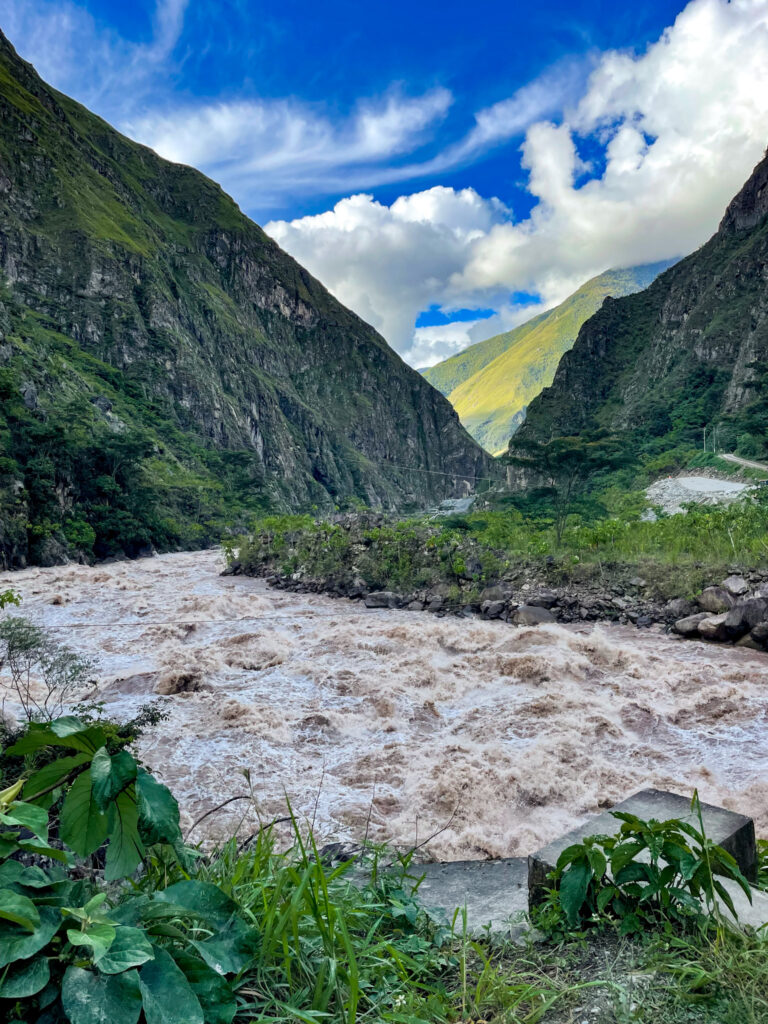
It was a long, windy road back to Cusco. At many points, we were on a one-way lane and banking around the side of a mountain – it was pretty terrifying.
We did run into a slight hiccup, where we stopped at a bridge for over an hour while construction workers cleared the road.
Our group arrived in Cusco just after midnight. Exhausted, sweating, and hungry.
I’m so thankful for our tour guide, Jhono. I would have been stranded in Aguas Calientes and missed my flight out of Cusco if it wasn’t for his quick thinking, multiple connections, and creativity.
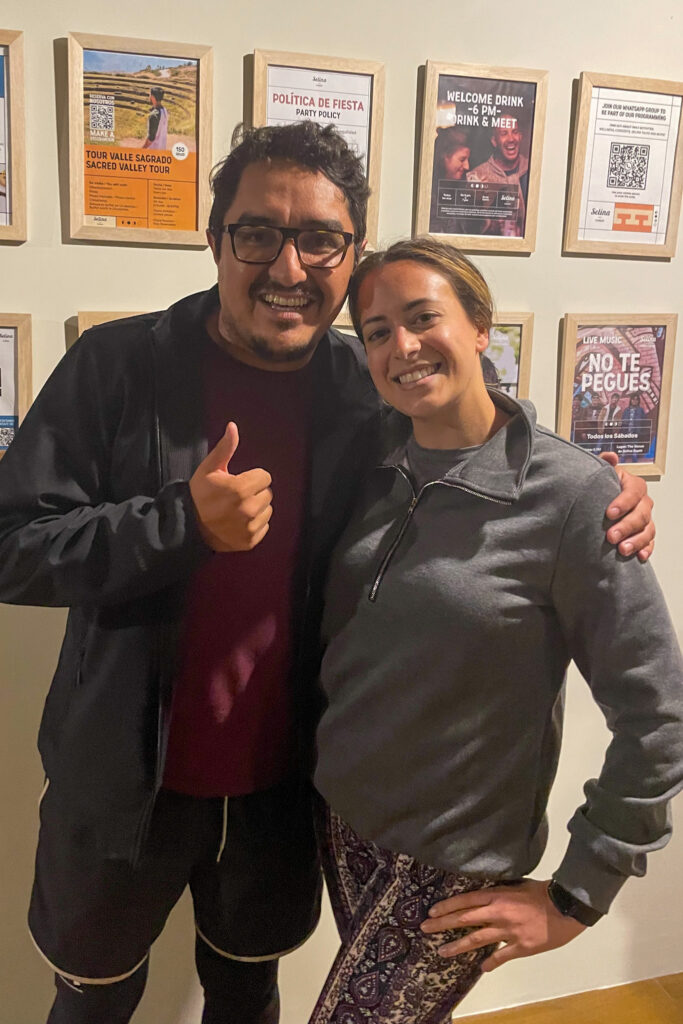
If you enjoyed this story, please pin me!
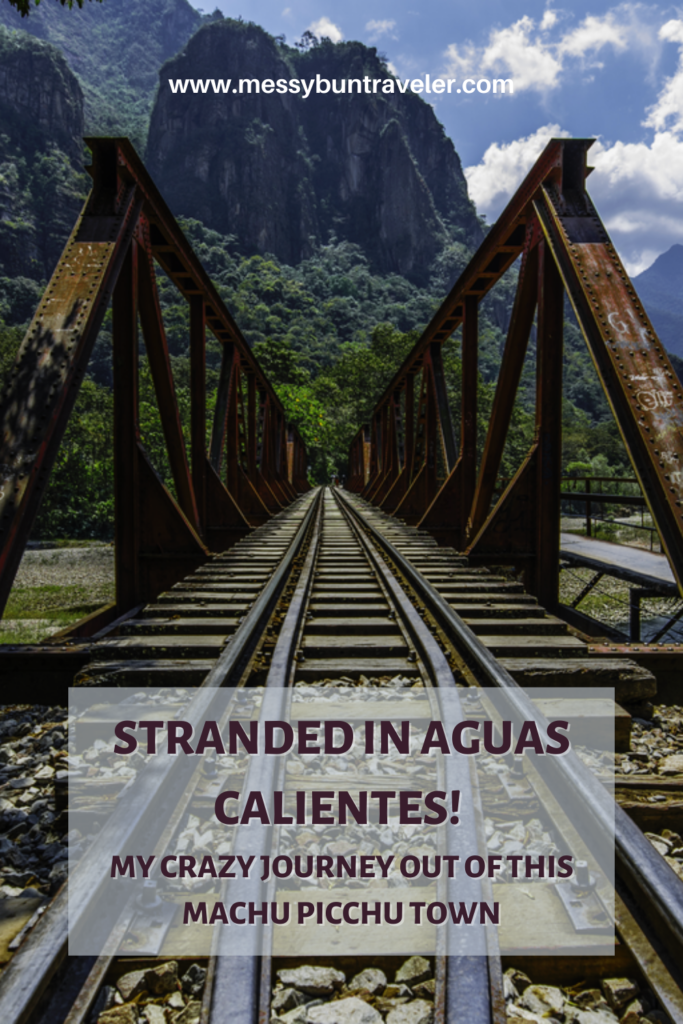

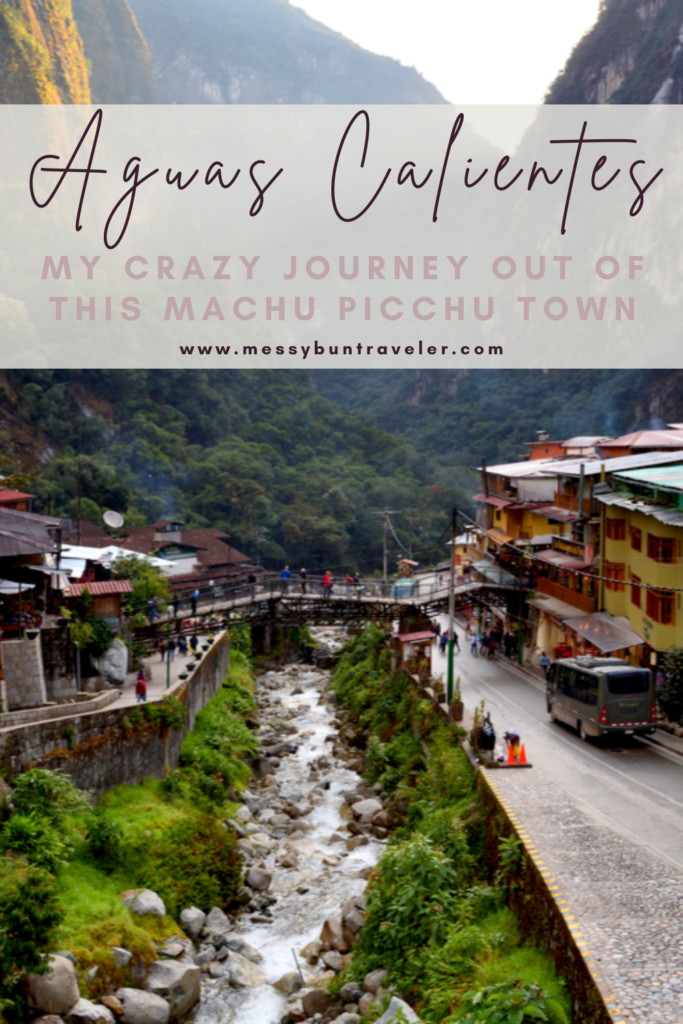

Join my newsletter
* We will never share your details with any third party